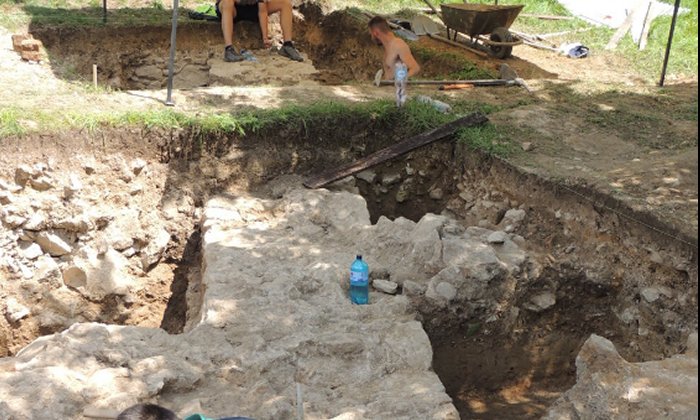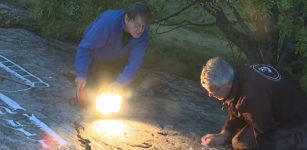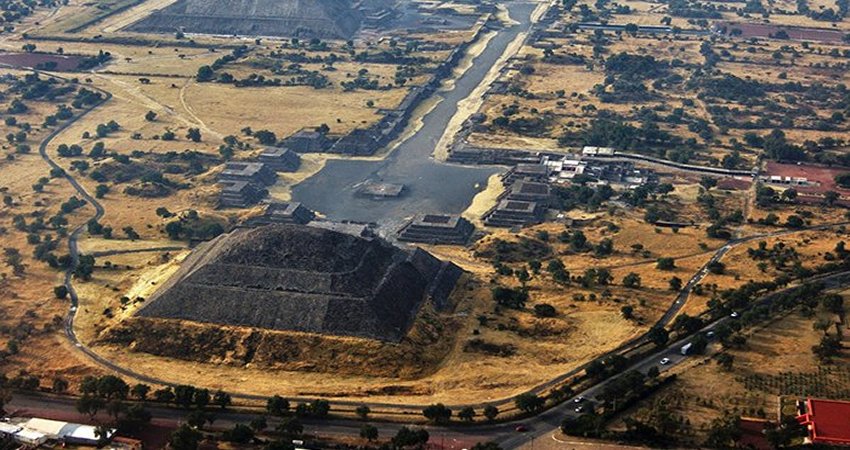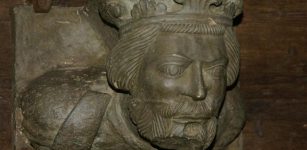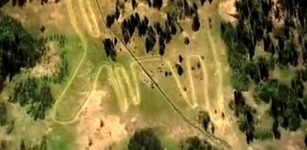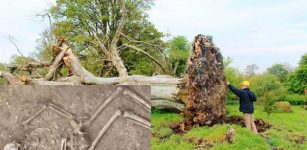Ancient DNA: So Far Oldest Genome From A 700.000 Year Old Horse – Sequenced
MessageToEagle.com – An international team of researchers has sequenced the so far from a prehistoric creature – a horse that had been kept frozen for the last 700,000 years in the permafrost of Yukon, Canada.
Dr. Ludovic Orlando and Professor Eske Willerslev from the Centre for GeoGenetics in collaboration with Danish and international colleagues from Denmark, China, Canada, USA, Switzerland, UK, Norway, France, Sweden and Saudi Arabia- have been able to track major genomic changes over the last 700.000 years of evolution of the horse lineage.
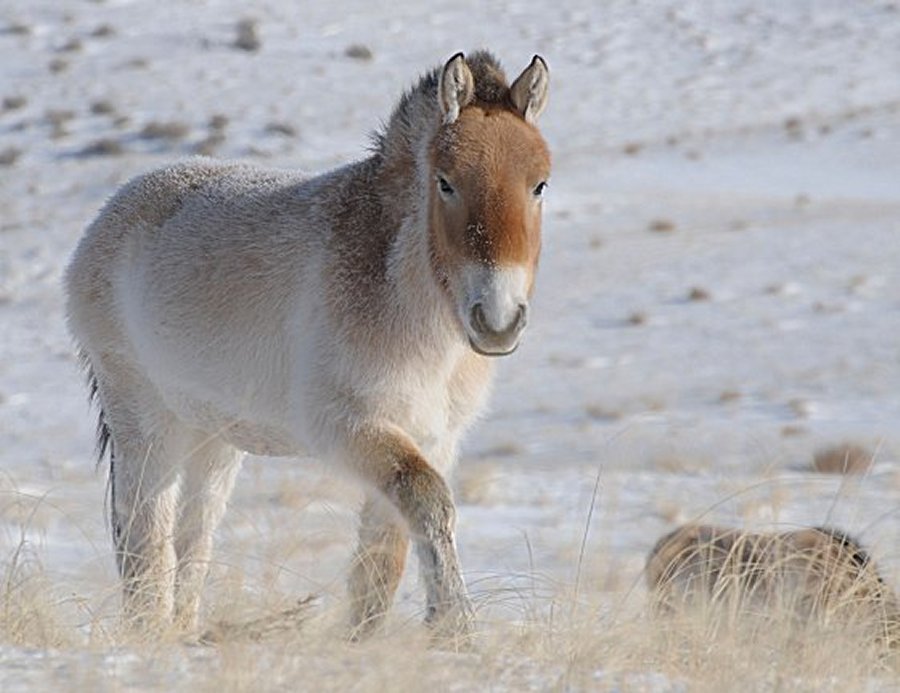
Their work is a new record for the oldest complete genome ever sequenced and at the same time, change much in the evolutionary history of the horse.
The researchers compared the genome in the 700,000 year old horse with the genome of a 43,000 year old horse, six present day horses and the donkey the researchers could estimate how fast mutations accumulate through time and calibrate a genome-wide mutation rate.
This revealed that the last common ancestor of all modern equids was living about 4.0-4.5 million years ago.
Therefore, the evolutionary radiation underlying the origin of horses, donkeys and zebras reaches back in time twice as long as previously thought.
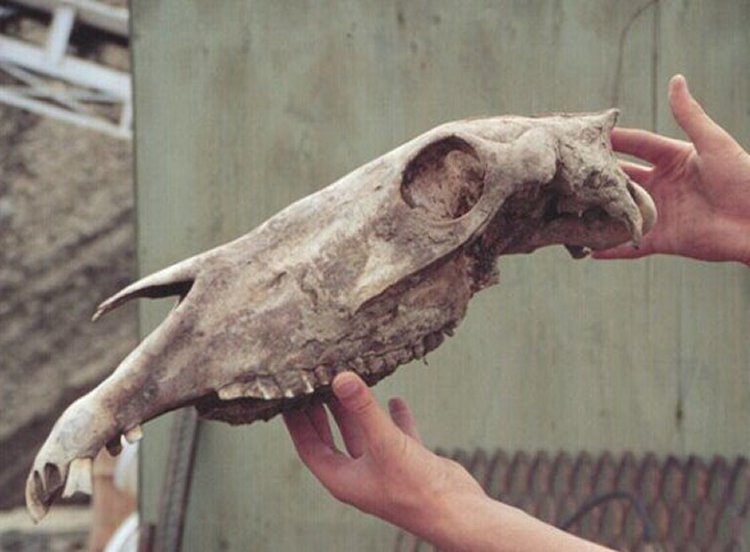
The results also put a happy end to a long discussion about the so-called Przewalski’s Horse from the Mongolian steppes.
The research that is published in Nature reveals now that the Przewalski’s horse population became isolated from the lineage leading to the present day domesticated horses about 50,000 years ago.
This horse is genetically and physically different from all domesticated horses.
DNA molecule sequencing was based on data gathered during ten years of field work and research, carried out by Dr. Duane Froese, University of Alberta. Additionally, cold conditions, such as those from the Arctic permafrost, are known to be favourable for DNA preservation.
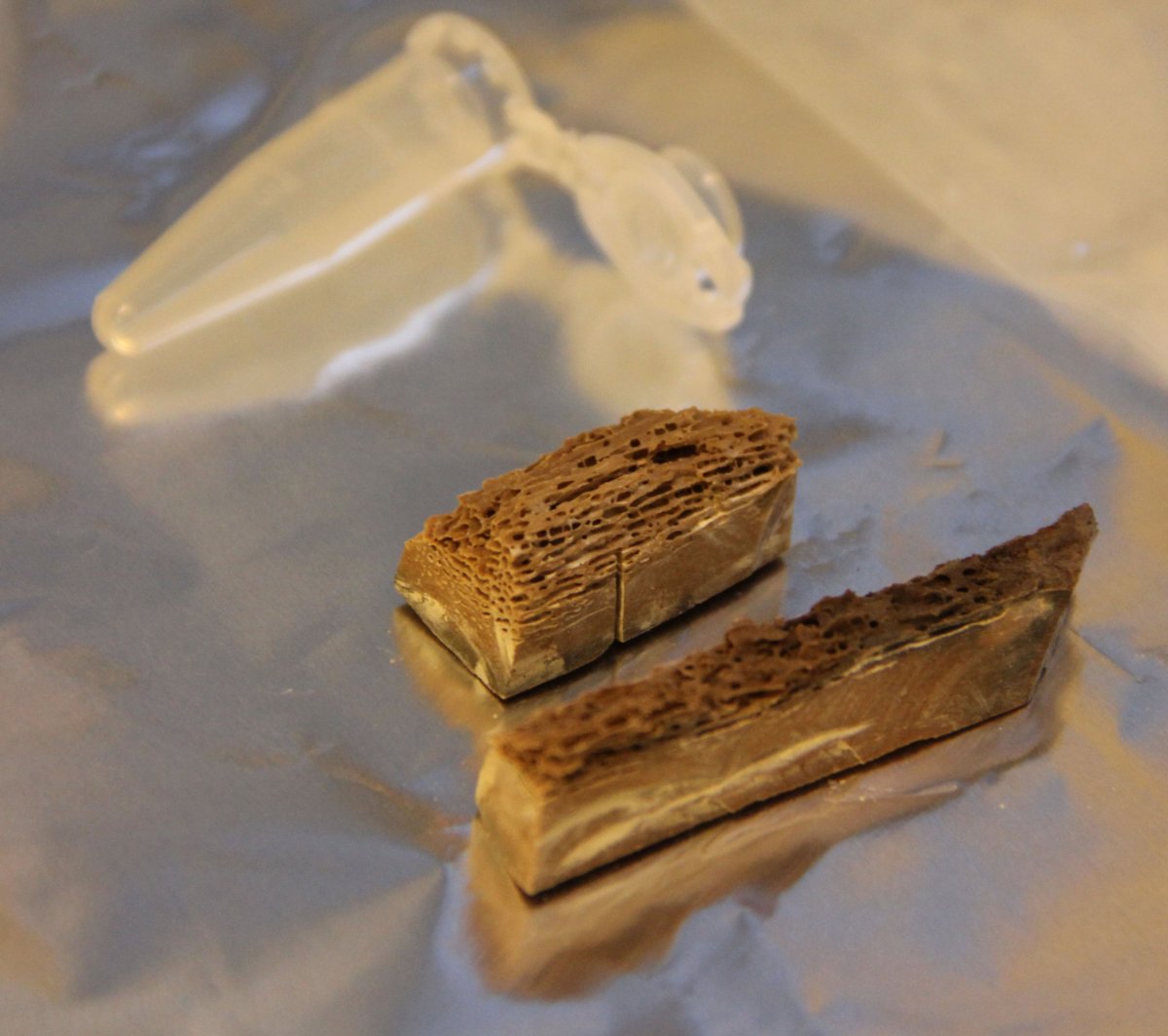
“Sequencing the first genome from the Middle Pleistocene was by no means straightforward,” says Dr Ludovic Orlando who, together with his team, spent the most of the last three years on this project.
The researchers managed to identify molecular preservation niches in the bone and experimental conditions that enabled finishing the full genome sequence.
“This was methodologically challenging but clearly some parameters worked better than others”, says Professor Eske Willerslev.
“But sequencing was just half the way really.”
“Because 700,000 years of evolution and damage, it is not something that does come without any modification to the DNA sequence itself. We had to improve our ability to identify modified and divergent ancient horse sequences by aligning them to the genome of present day horses. Quite a computational challenge, especially when the level of DNA modification outcompasses that seen in any other Arctic horses from the Late Pleistocene.”
New advanced techniques in the new science like genomics and proteomics used for a better understanding of an organism, enable scientists to reach ten times further back in time compared to before.
MessageToEagle.com
source: Nature

